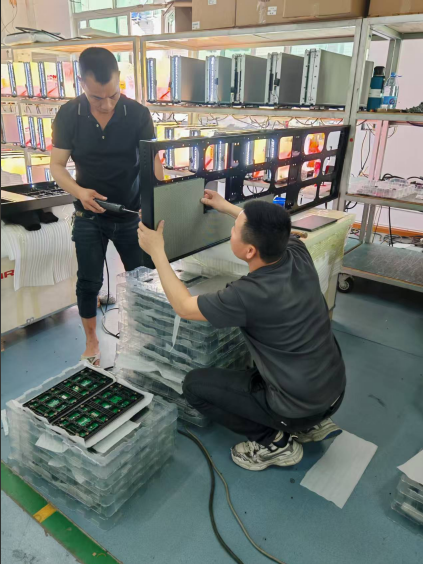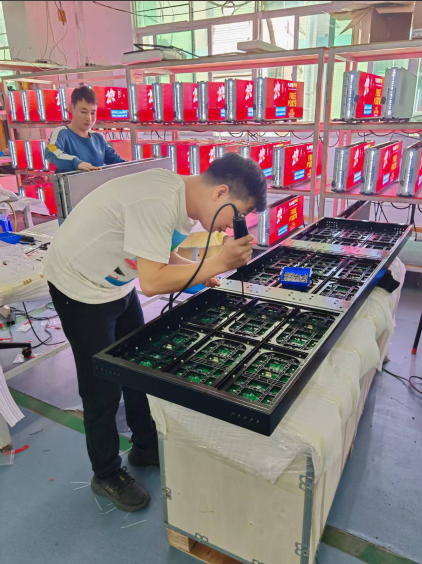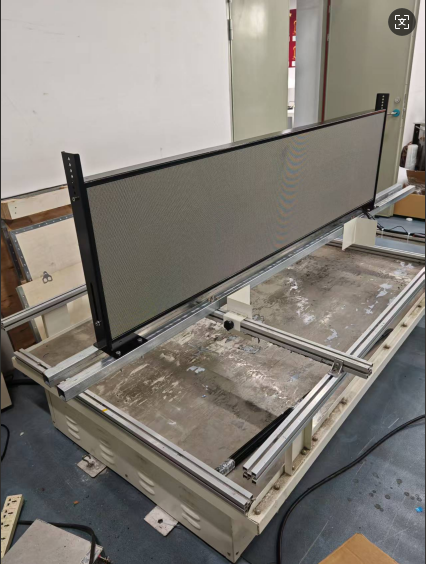In the rapidly evolving world of public transportation, the integration of technology has become paramount. One of the most significant advancements in this sector is the use of LED displays, particularly the 3UView bus LED display. These displays not only serve as a medium for real-time information but also as a powerful advertising tool. However, to ensure their reliability and longevity, rigorous aging tests are essential, especially during the assembly phase.
Understanding 3UView Bus LED Displays
3UView bus LED displays are designed to provide clear and vibrant visual information to passengers. These displays can show route information, schedules, and advertisements, making them an integral part of the modern public transport experience. The high visibility and energy efficiency of LED technology make these displays a preferred choice for bus operators looking to enhance communication and generate additional revenue through advertising.
The Role of Aging Tests
Aging tests are critical in assessing the durability and performance of LED displays. These tests simulate prolonged usage conditions to identify potential failures and ensure that the displays can withstand the rigors of daily operation. For 3UView bus LED displays, aging tests are particularly important due to the unique challenges faced in a transportation environment, such as exposure to varying weather conditions, vibrations from the bus movement, and the need for consistent performance over time.
The Aging Assembly Process
The aging assembly process for 3UView bus LED displays involves several key steps. Initially, the displays are assembled with high-quality components that meet industry standards. Once assembled, the displays undergo a series of aging tests that typically last for several days. During this period, the displays are subjected to continuous operation, where they are powered on and off repeatedly, and exposed to different temperatures and humidity levels.
This rigorous testing helps to identify any weaknesses in the display's construction or components. For instance, it can reveal issues such as poor solder joints, inadequate heat dissipation, or subpar materials that may lead to premature failure. By identifying these issues early in the assembly process, manufacturers can make necessary adjustments to improve the overall quality and reliability of the displays.
Benefits of Aging Tests
The benefits of conducting aging tests on 3UView bus LED displays are manifold. Firstly, they enhance the reliability of the displays, ensuring that they perform consistently throughout their lifespan. This reliability is crucial for bus operators who depend on these displays to communicate important information to passengers.
Secondly, aging tests can significantly reduce maintenance costs. By identifying potential issues before the displays are deployed, manufacturers can minimize the risk of failures that could lead to costly repairs or replacements. This proactive approach not only saves money but also ensures that the displays remain operational, thereby maximizing advertising revenue.
Lastly, aging tests contribute to customer satisfaction. Passengers expect clear and reliable information from bus displays, and any failure in this regard can lead to frustration and a negative perception of the service. By ensuring that 3UView bus LED displays are thoroughly tested and reliable, operators can enhance the overall passenger experience.
the integration of 3UView bus LED displays into public transportation systems represents a significant advancement in communication and advertising. However, to ensure their effectiveness and longevity, rigorous aging tests during the assembly process are essential. These tests not only enhance the reliability of the displays but also reduce maintenance costs and improve customer satisfaction. As technology continues to evolve, the importance of such testing will only grow, ensuring that public transportation remains efficient and effective in meeting the needs of passengers.
Post time: Apr-08-2025









